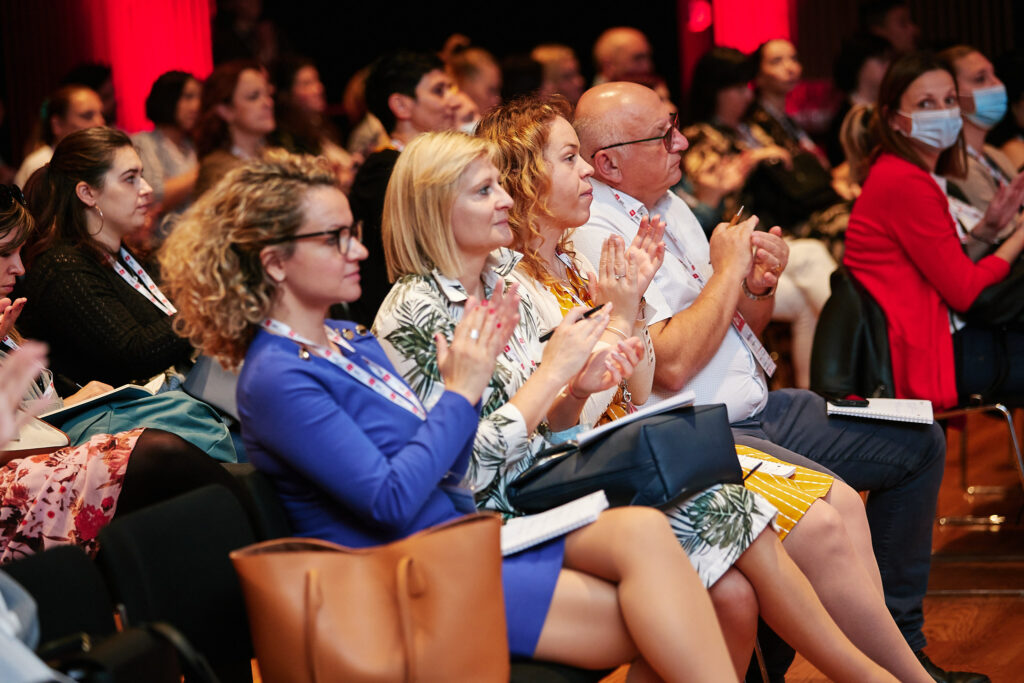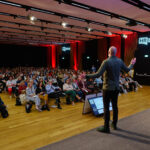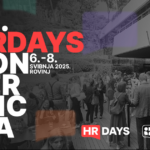
Its principles and general determinants need to be discussed and considered in collaboration with our employees, says Virginia Colurcio, EMEA Vice President for People and Culture at Prologis.
The word culture has its roots in Latin, in the word colere , which, among other things, represents nurturing, worshiping and caring for something.
Although sometimes not so in practice, the task of organizational culture is essentially identical to the original meaning of the word it contains in its name and represents a set of beliefs, morals and values that the company possesses, which ideally enable individual professional growth and development in the environment which encourages togetherness and ‘blowing in the same horn’.
‘Culture must not (and cannot) be imposed’
Only by reviewing traditional methods and established business practices can we change our company's culture and make it more innovative, we learned from Virginie Colurcio, EMEA's Vice President for People and Culture at Prologis, at the recent HR Days conference.
"Corporate culture must not be static but must be constantly changed and developed. Its principles and general determinants need to be discussed and considered in collaboration with our employees. This is exactly what many companies do wrong, as they often impose acceptance of a particular culture without asking their employees what they think about it. By doing so, they unknowingly create work environments that their employees, who want to feel ‘belonging’, cannot connect with”, claims Virginia.

Semaphores Vs. Roundabouts
The approach to building a corporate culture with the help, or without the help of our employees, can be compared to driving a car and arriving at an intersection, Virginia said.
"Imposing culture is like coming to an intersection controlled by traffic lights, which clearly tell us when to stop or start. On the other hand, working together to build a company culture can be compared to circular flows. Similar to traffic lights, their role is to regulate traffic, but the approach is completely different. Roundabouts do not 'think' for us but rely on the judgment of drivers and believe that we will successfully determine when to start and when to miss other drivers ",, explains Virginia and adds that a large number of companies still rely excessively on 'traffic lights'.
This is where we come to the role of the human resources department and true leaders who, according to Virginia, are at the same time in charge of "creating and protecting organizational culture."
"People employed in HR in cooperation with company leaders need to make more efforts to create appropriate platforms for discussing corporate culture. First of all, they are required to put organizational culture issues on the ‘agenda’ of important strategic meetings, ask the right questions and nurture a culture of feedback. They also need to feel comfortable working with unpleasant ones, such as replacing deep-rooted behaviors with new and more desirable ways to work”, Virginia advises.





